The Maple Leaf Forever Tree grew in Leslieville and is said to have inspired Canada’s first national anthem. When the tree came down, many people recognized the historical and cultural value of the wood and rushed to protect it from the chipper, the usual fate of fallen trees.
Back in October, I helped to lead a tree tour exploring what was left of the tree and how the wood might be used. It was just conjecture at that point though, and we were all anxious to learn what would actually happen with the salvaged wood. Fortunately, we don’t have to wait much longer to find out!
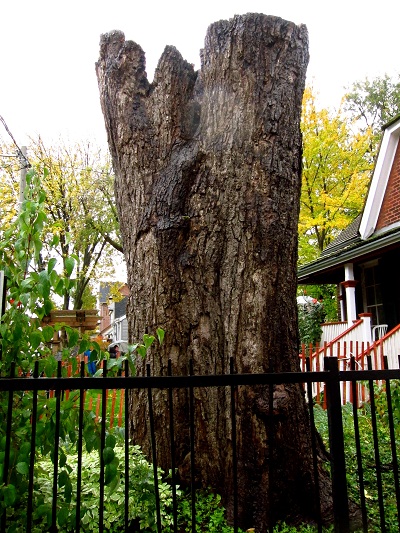
The City of Toronto is developing an initiative to craft the salvaged wood into community art and cultural pieces. They’re still working on the details for the larger pieces of wood from the tree, but they realized that the smaller branches and leaves would rapidly deteriorate if not used promptly. So they gave some of the smaller branches and leaves of the tree to four local designers, selected from interested members of the juried group that participated in the 2013 IIDEX Woodshop exhibit.
These designers have transformed the branches of the Maple Leaf Forever tree into four beautiful items. I’ve been impressed by what I’ve seen so far -- an amazing chandelier, a wall sconce, a floor lamp and even a pair of headphones, inspired by the musical theme of the tree. I can’t wait to see the exhibit when it all comes together!
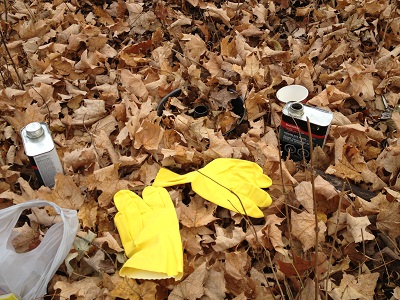
Here’s the skinny on the designers:
Dystil uses design to solve problems. Their mission is to make the world a better place to live through engaging and responsible design. Dystil has designed for places ranging from Corning Glass in New York, Herman Miller Furniture in Michigan and The Getty Museum in Los Angeles.
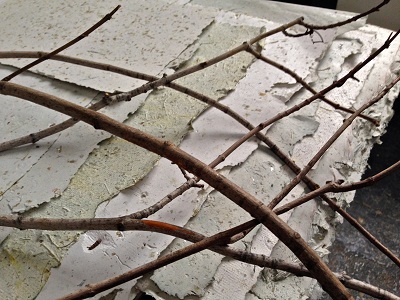
Paus + Grün balance traditional joinery techniques with cutting-edge processes, materials and innovative design to create custom furniture and millwork that is fresh, beautiful and enduring. Their work can be seen in kitchens and bars across the city and has even been on display in Toronto’s Yonge-Dundas Square.
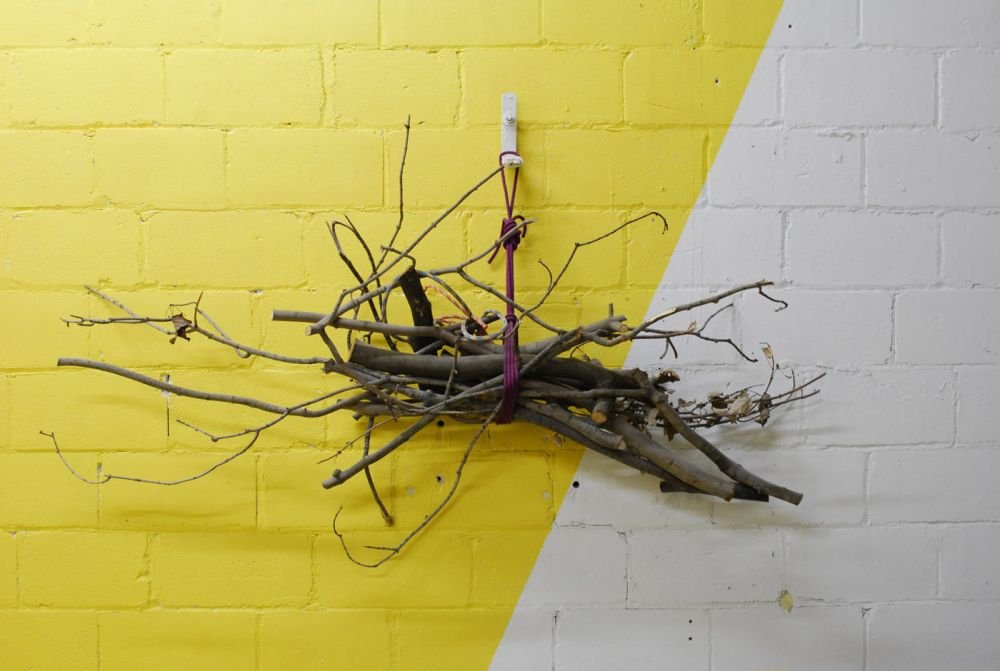
The National Design Collective use their excessive creative energy and curiosity to create objects and experiences through narratives and experimentation. They specialize in custom wooden furniture, interior, graphic and product design. Have you ever wanted wooden fenders on your bicycle, or coasters in the shape of your favourite city? These are the people to go to.
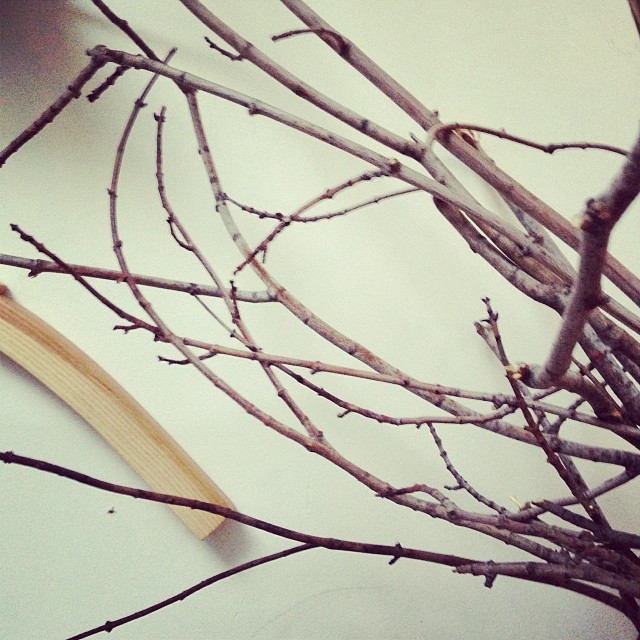
Brothers Dressler strives to maximize the natural features and strengths of responsibly sourced material to design and build bespoke furnishings, lighting, objects and special projects. With a focus on sustainability, and an eye to material, process and craftsmanship, Brothers Dressler uses local, reclaimed, found, ecologically friendly and responsibly harvested materials, working to promote a return to local manufacturing and resources. They use as much of each material as possible, giving cut-offs and waste streams new life as creative new products. If you’ve been to the Lulu Lemon store in the Yorkdale Mall, then you’ve seen their work – they designed the front façade, the chandelier and the water station.
Whether you’re a tree lover, a design enthusiast, a history buff, or just curious, come on out to the Agora Café next week to see what these designers have created! And if you can’t make it during the café’s business hours, don’t worry – the exhibit can still be seen from the street throughout the week in an elegant window display. Check out the details of the exhibit here.
The wood for this project was supplied by the City of Toronto – Economic Development and Culture. The exhibit is part of the TO DO festival, which is now in its fourth year.
